Among card game communities, Yu-Gi-Oh has a reputation of having incredibly complex card text. The truth is, while by no means simple, it is no more complex than other games that came out around the same time, like Magic the Gathering. What it is is verbose.
To mitigate this issue, Konami introduced Problem-Solving Card Text (abbreviated PSCT) in 2011. It is a set of rules that makes the text on cards, if not unambiguous, at least easier to read. If a card doesn't follow the rules presented here, it's likely it was printed before PSCT was introduced. In this guide, we'll take a look at each of the rules present, and offer examples for how they all work.
Table of Contents
Table of Contents
- Colons and semicolons
- It vs That Target
- Once Per Turn Effects
- And, if You Do, After That
- Performing Actions as a Cost
- Target and Destroy
Colons and semicolons
Effects on cards usually follow this format: "[Condition]: [Cost]; [Effect].". To be more explicit:
- Anything before a colon ":" is the Condition you need to fulfil to activate this Effect. There may also be additional conditions in the following sentences (for instance, "This card must be on the field to activate and resolve tis effect.").
- Anything before a semicolon ";" (but after the colon, if any) is the Cost you need to pay to activate this Effect.
- Anything before a period "." (but after the colon or semicolon, if any) is the Effect that is activated.
You can also tell if an Effect activates a Chain Link by the presence of semicolons of colons. If an Effect has neither, it will not activate a Chain Link. This only applies to Monster Effects and Continuous Effects on Spells and Traps (mainly passives), as activating a Spell or Trap still crates the Link. Paying the cost happens when the card is added to the Chain, not when it resolves.
Let's look at some examples:
This card has no Condition or Cost. When it's activated, it'll create a Chain, then it'll inflict the Damage to your opponent when the Chain resolves.
This card has a Cost (the need to target a Monster on the field), but no Condition. The effect is the return to hand.
This card has a Condition (when a Monster is summoned), but no Cost. The effect is the destruction of all Monsters on the field.
This card has both a Condition (a Monster is summoned, or a Spell/Trap is activated) and a Cost (paying half your life points). The effect is the negation and destruction of that card.
This card was released before PSCT was in place and hasn't been re-released since, thus its wording doesn't follow the rules. In this case, the first sentence is the Cost, and the second is the Effect. If this card is reprinted, it'll likely use PSCT and be worded somewhere along the lines of "Target 1 face-up "Elemental HERO Neos" you control; return that target to the Deck and destroy all cards on the field."
It vs That Target
When a Chain resolves, cards that were targeted by Effects may become invalid targets for that Effect. How the card that targets them is written dictates if the targets are still affected.
If the card says "it"/"they", the targets are still affected by the card that targeted them.
If the card says "that target"/"those targets", the cards that were targeted are no longer affected by what targeted them. "Both targets"/"all three targets" etc means that all cards must be valid for the them to be affected.
Once Per Turn Effects
Some cards can activate certain effects only once per turn, but those effects may also have additional restrictions, depending on how they're worded.
Once per Turn
If you've used this Effect this turn, another copy of this card can use it again this turn.
Only Once per Turn
If you've used this Effect this turn, another copy of this card CANNOT use it again this turn.
Only 1 Effect Once per Turn
If you've used this Effect this turn, another copy of this card CANNOT use it or any of the other effects listed again this turn.
You Can Only Gain This Effect Once per Turn
If you've used this Effect this turn, another copy of this card or any other card with this effect CANNOT use it again this turn.
You Can Only Activate This Card/Effect Once per Turn/Duel
If the card is negated, another copy can activate this effect.
You Can Only Use This Card/Effect Once per Turn/Duel
If the card is negated, another copy CANNOT activate this effect.
And, if You Do, After That
When a card allows you to do multiple things at the same time, the wording dictates the order in which they happen, and if they are dependent on one another.
Do A and B
Both effects happen simultaneously. If one of them fails to happen, BOTH fail.
Do A, Then Do B
B happens after A resolves. If A fails, so does B.
Do A, and if You Do, do B
Both effects happen simultaneously. If A fails, so does B, but if B fails, A does not.
Do A, Also Do B
Both effects happen simultaneously. If one of them fails, the other one still happens.
Do A, Also, After That, Do B
B happens after A resolves. If A fails, B doesn't.
Performing Actions as a Cost
Some cards have effects that activate if something happens to them (they're discarded, destroyed, changed Battle Position etc.), but these kinds of effects can also happen as a Cost. Depending on the wording on the card, the effect might not activate!
Let's use Beiige, Vanguard of Dark World as an example:
- If you use Raigeki Break to send it to the Graveyard, its effect DOES NOT activate, since Raigeki Break discards as a Cost, and it's not part of the Effect.
- If you instead used Dark World Dealings, Beiige's effect would activate, since the discard is part of the Effect.
- If you used The Fabled Cerburrel instead of Beiige in either of the above examples, its Effect would activate for both, since it doesn't mater how it's discarded.
Target and Destroy
Something that may catch players off-guard is how targeting works in the game. As a rule of thumb, if a card doesn't specifically mention the word "target" in it's card text, it will NOT target, even if you can choose a card of some kind.
To understand how this works, let's take a look at Kozmo Dark Destroyer. This card has an effect that says "Your opponent cannot target this card with card effects". As such:
- If your opponent activated Raigeki Break, they couldn't target your Destroyer for destruction.
- There's a few cards that automatically target when activated, like Magic Cylinder, without any input from the player. Even then, your Destroyer couldn't be targeted.
- However, something like Magical Dimension would be able to affect your Destroyer, since it doesn't target.
There's a similar situation with destruction. If a card doesn't explicitly mention the word "destroy", it doesn't destroy. For instance, Quintet Magician cannot be destroyed by any of the aforementioned cards, or cards like [Hearthstone Card (Raigeki) Not Found]. But something like Divine Arsenal AA-ZEUS - Sky Thunder, for instance, would get rid of it, as it's sending your cards directly to the GY. Effects that trigger when the card is destroyed, like Babycerasaurus, would also not be activated by Zeus.
Now that you've learned how to read Yu-Gi-Oh cards, why not take a look at some of our other Yu-Gi-Oh guides?
Learn More About Yu-Gi-Oh
Beginner Guides - Card Anatomy 101 | Summoning Xyz Monsters
Card Types - Monsters | Traps | Spells
Master Duel Beginner Guides
Card Pack Purchasing | Using the Deckbuilder | How to Craft Cards

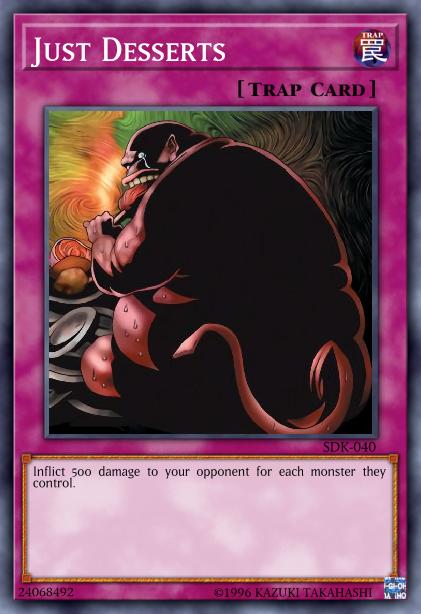
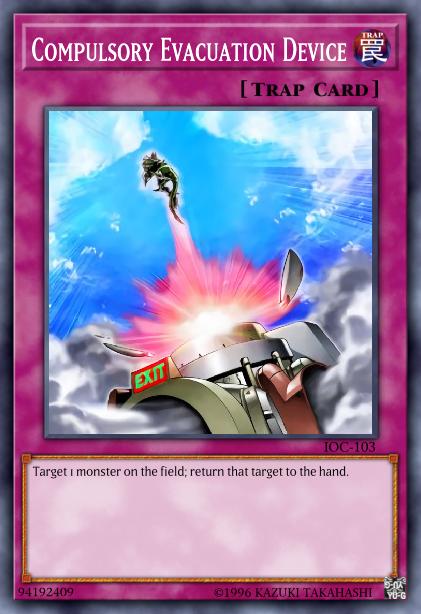
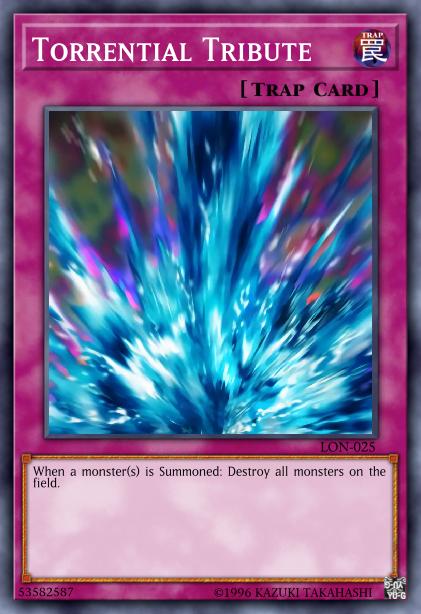
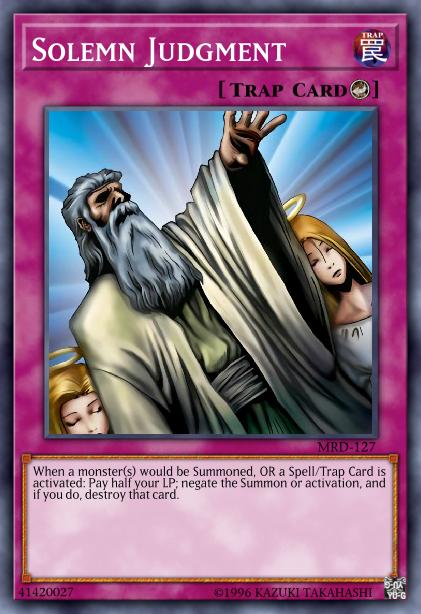
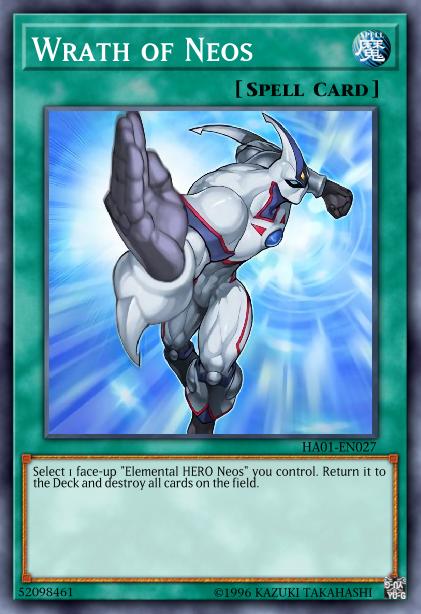
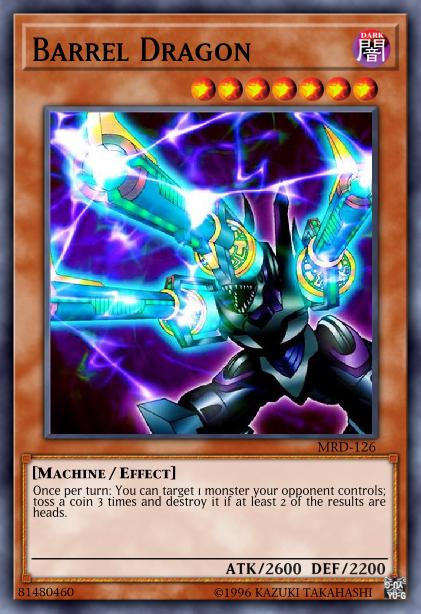
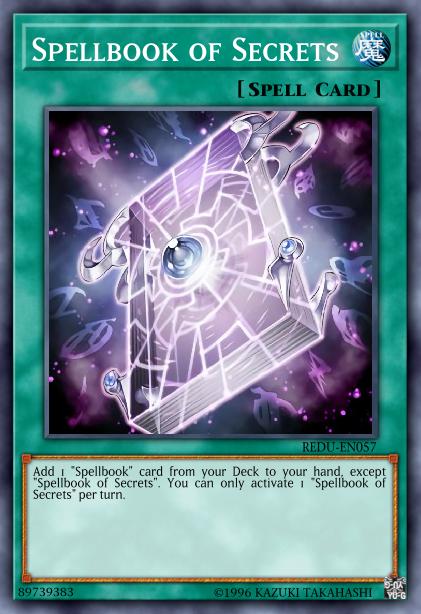
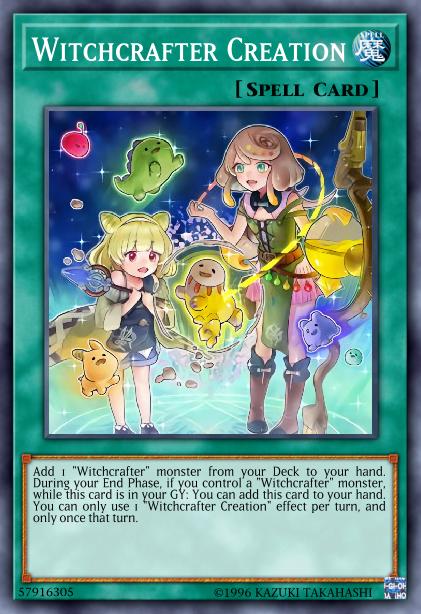
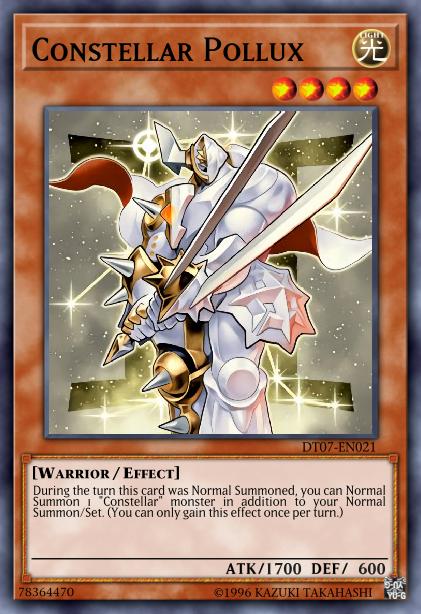
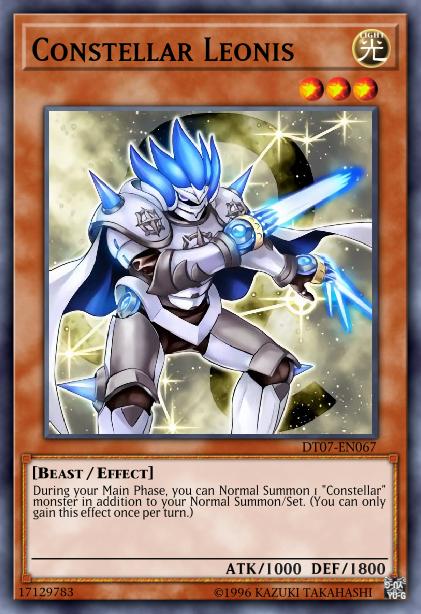
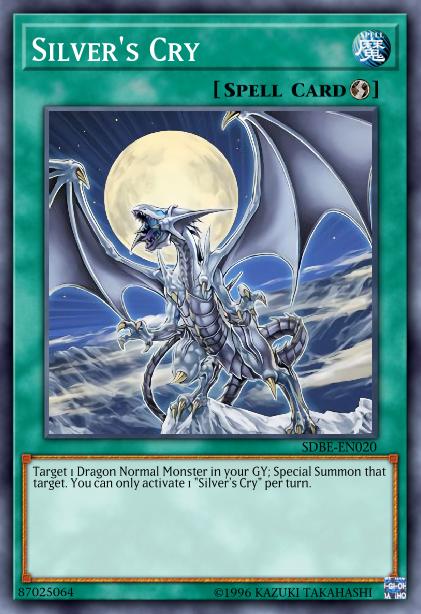
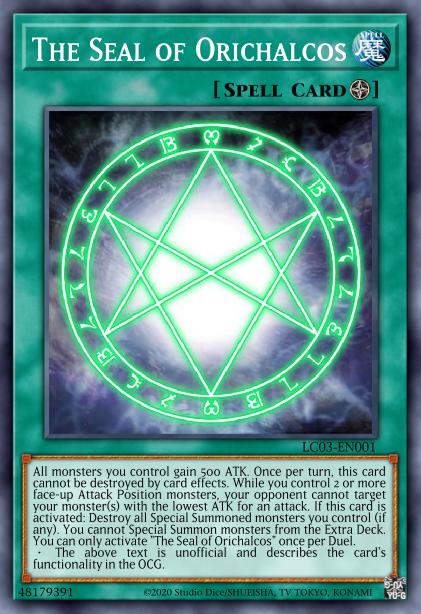
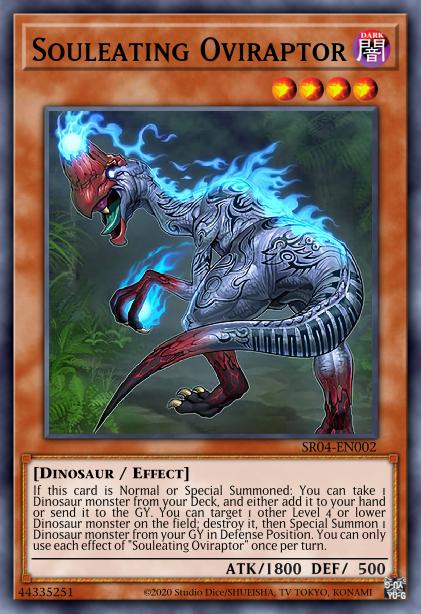
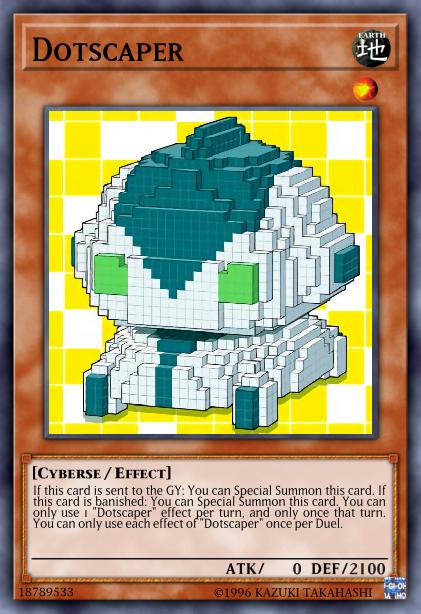
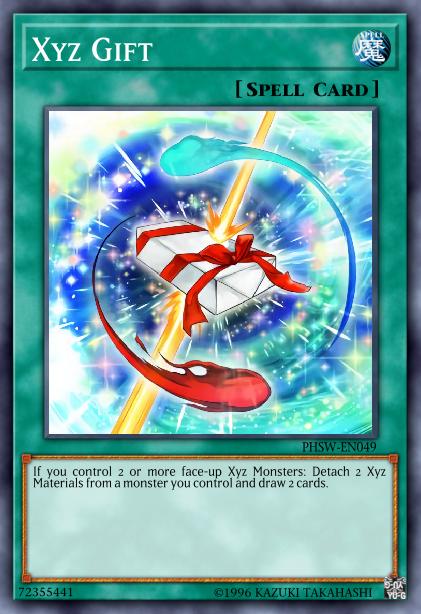
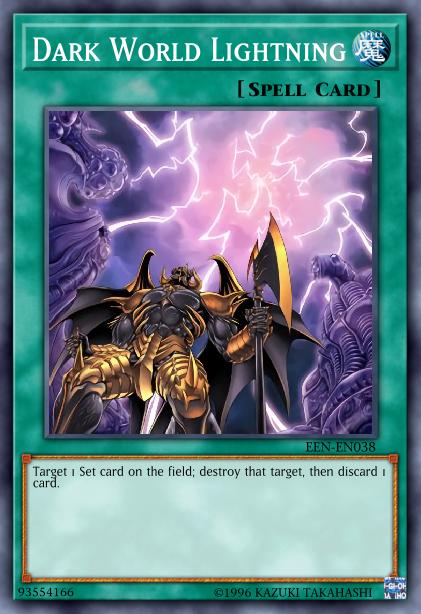
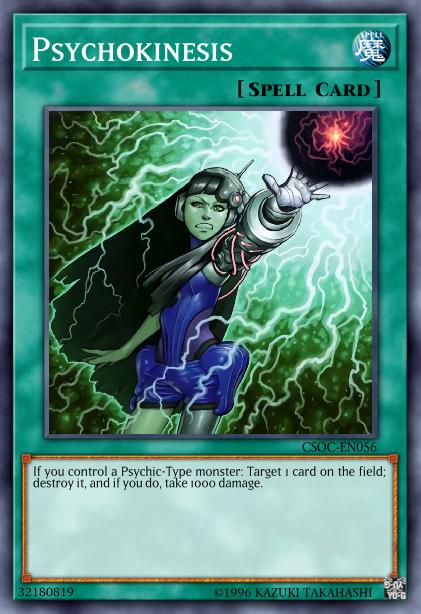
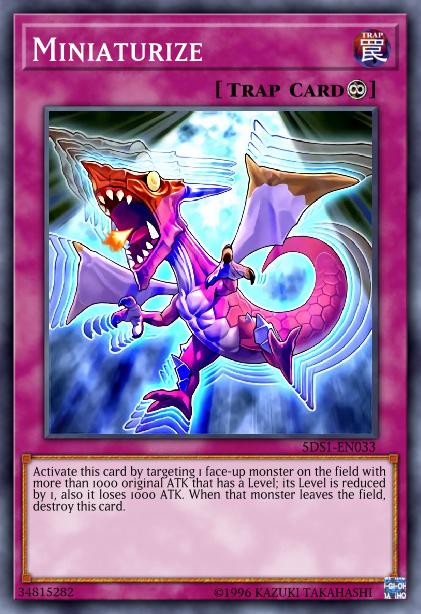
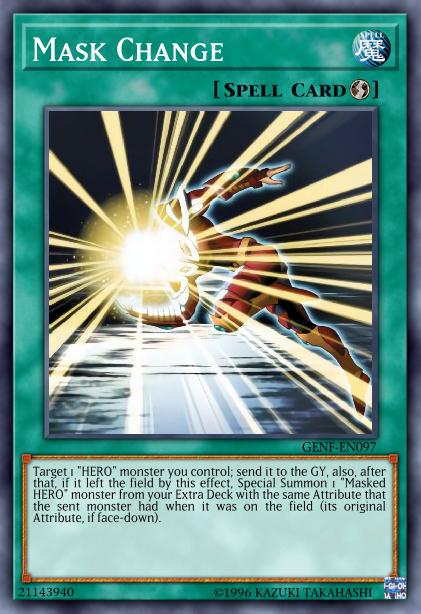
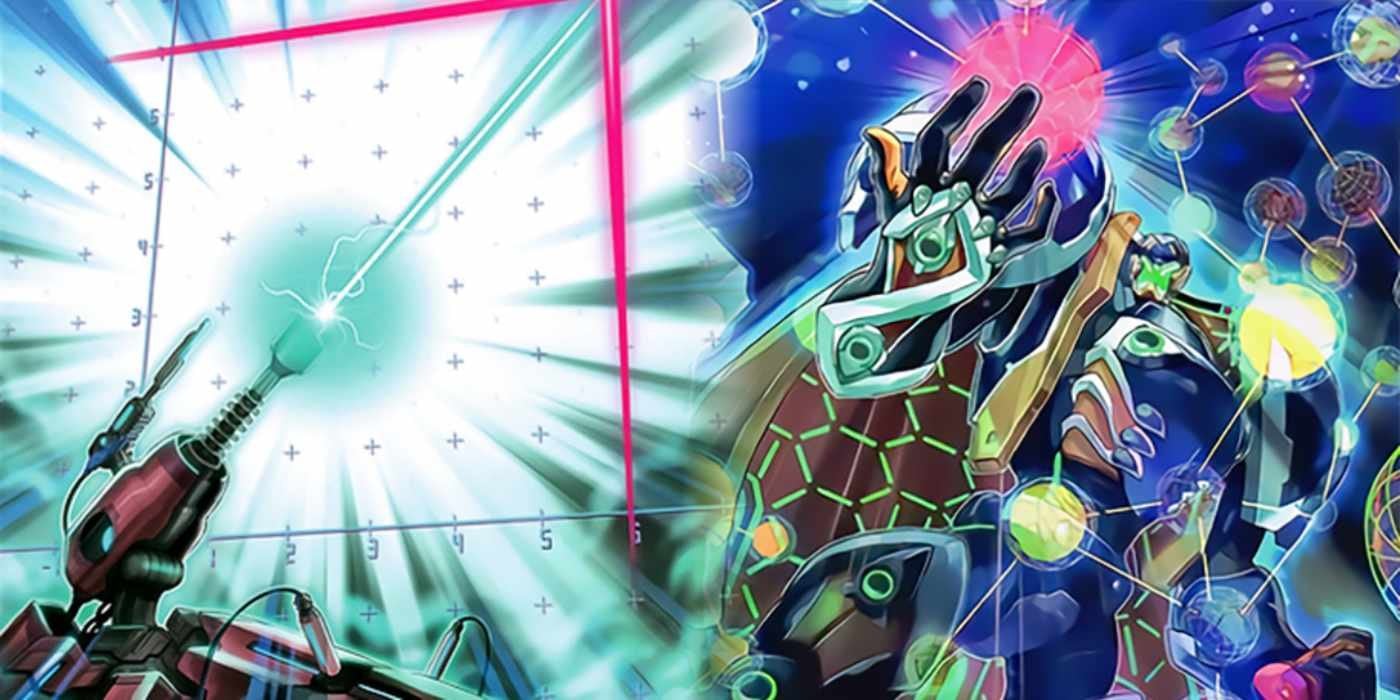
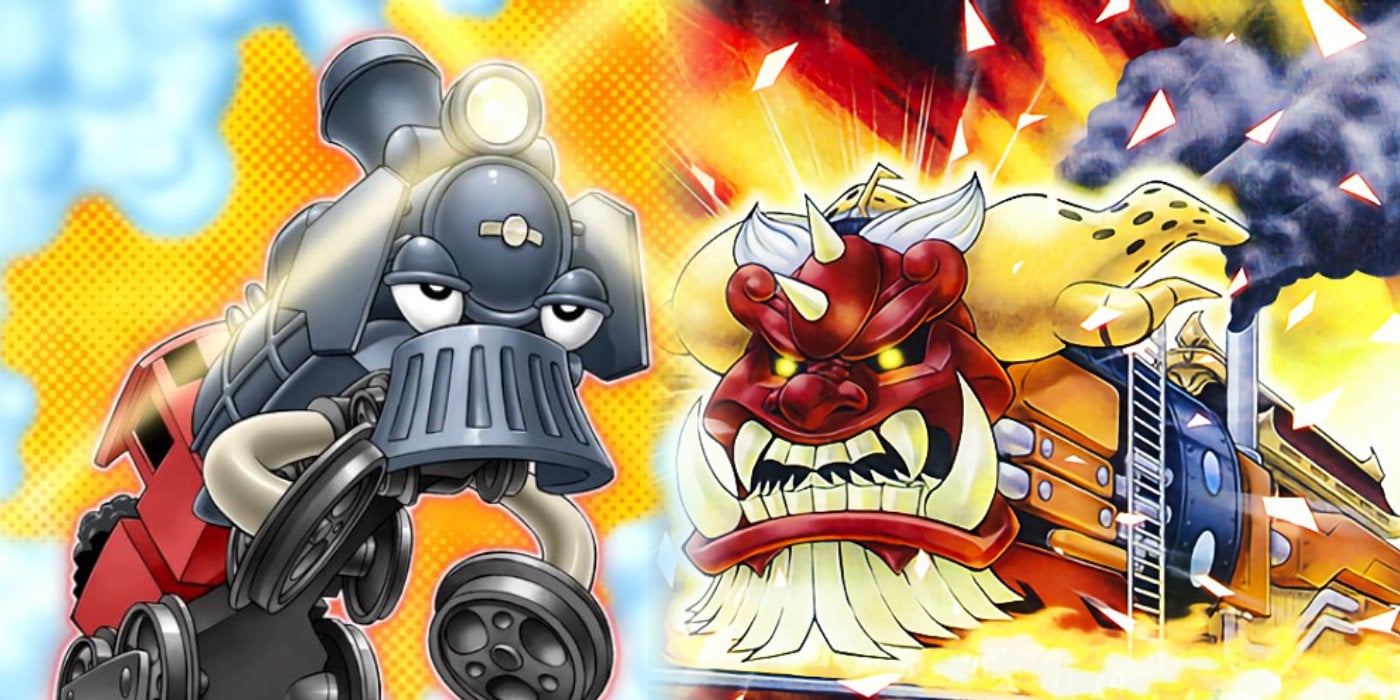
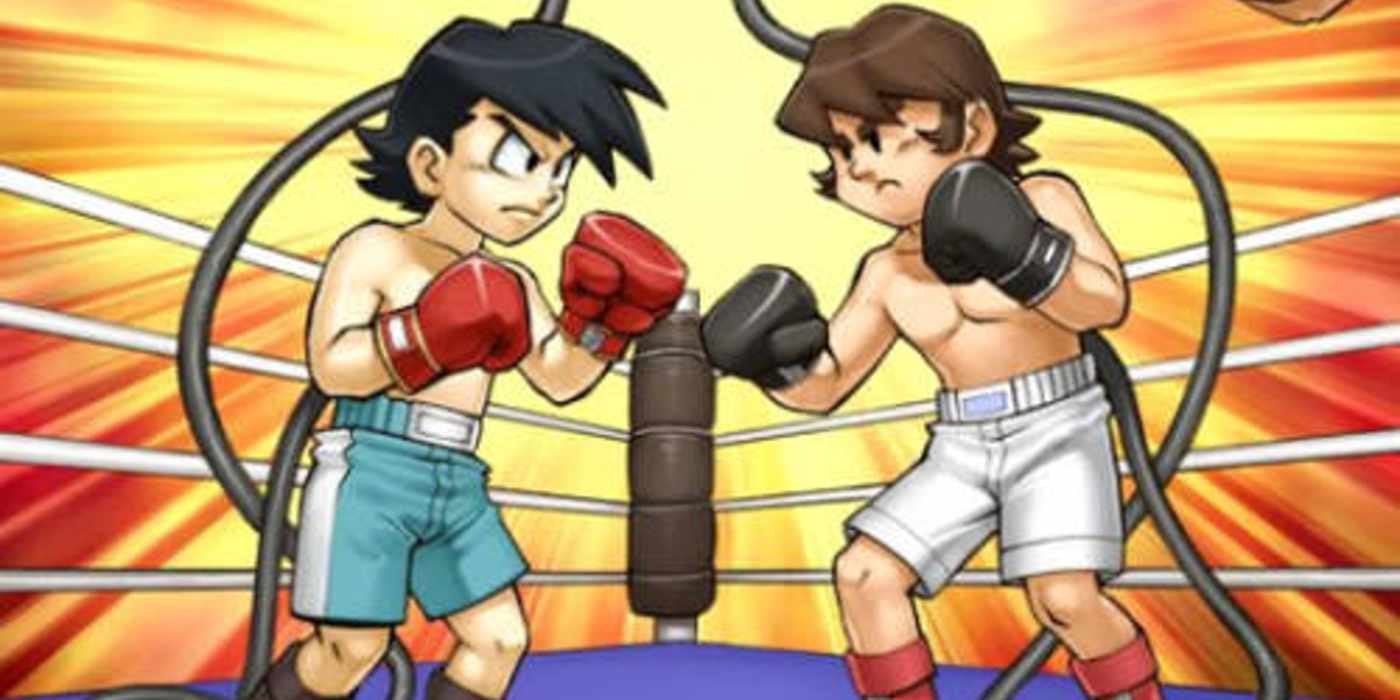
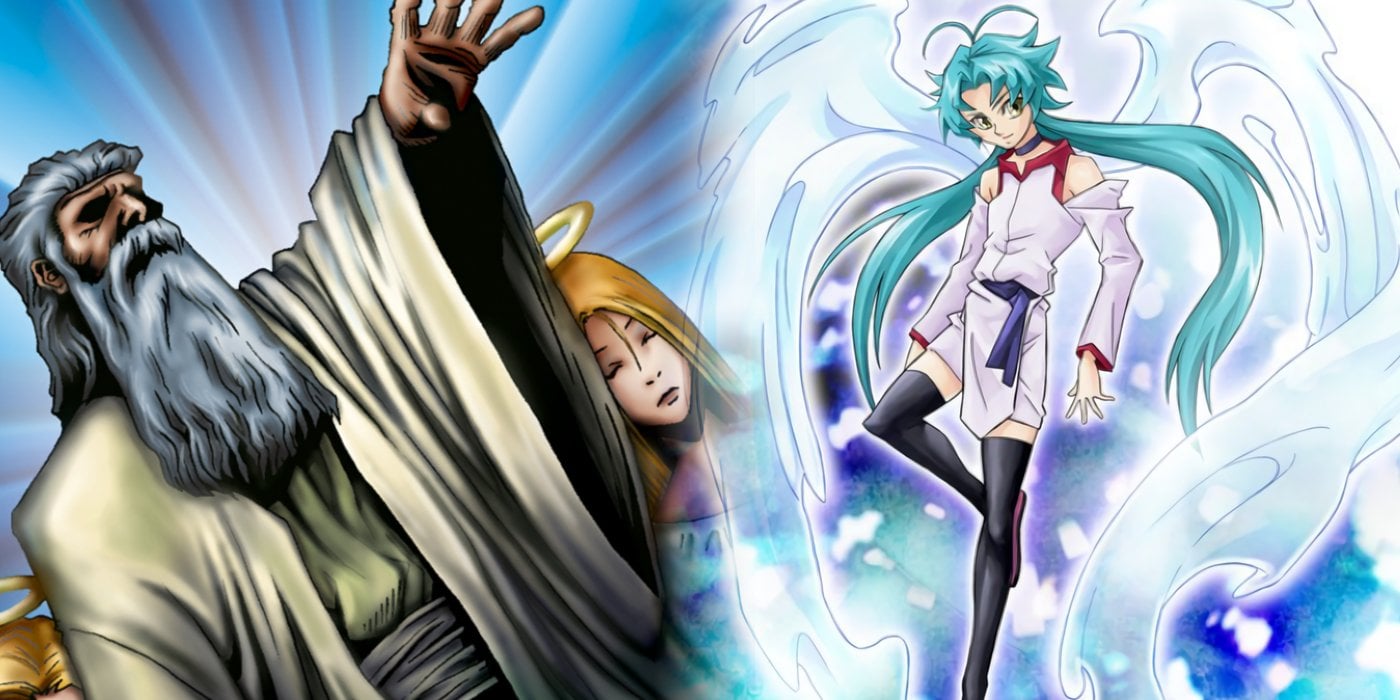
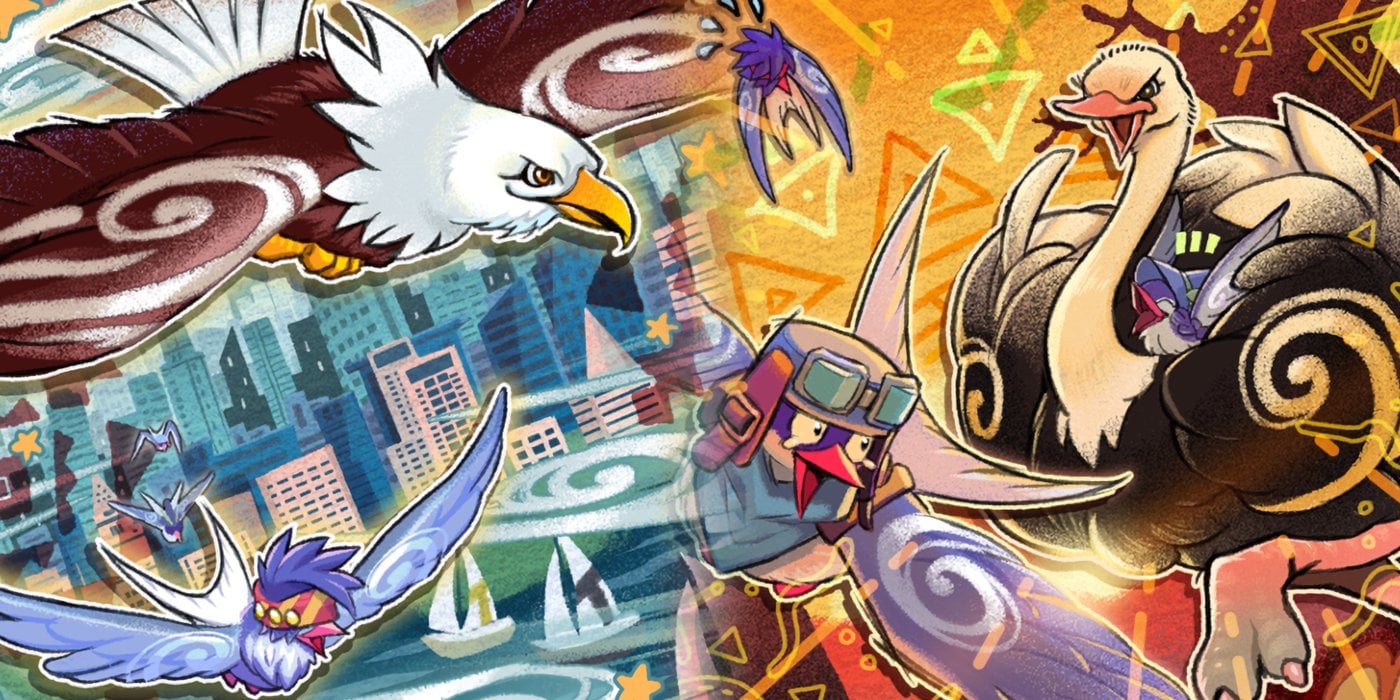
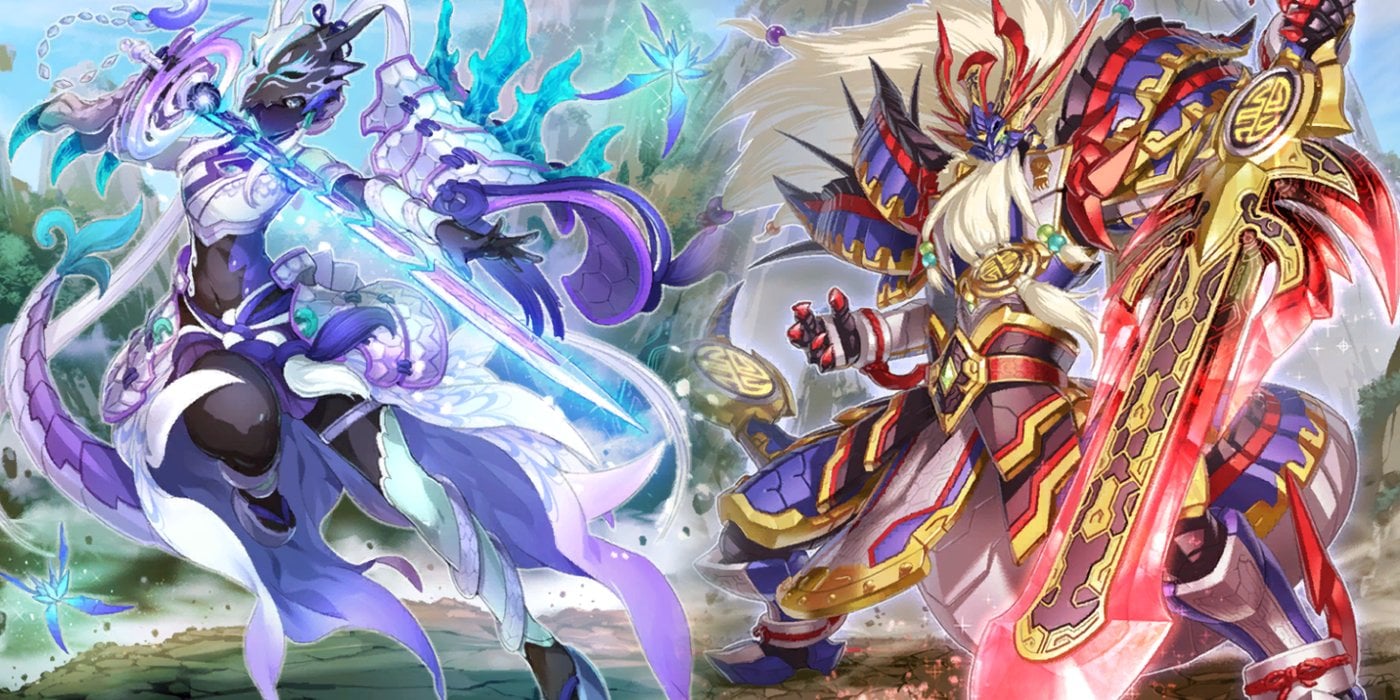
Comments
No Comments Yet. Be the first to create one down below!